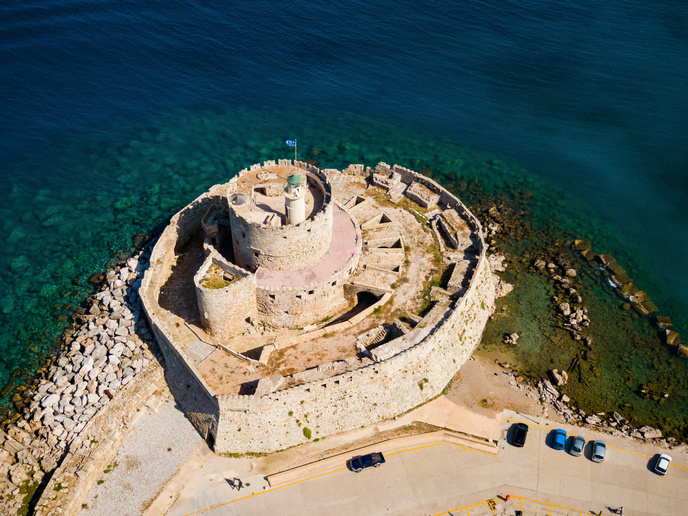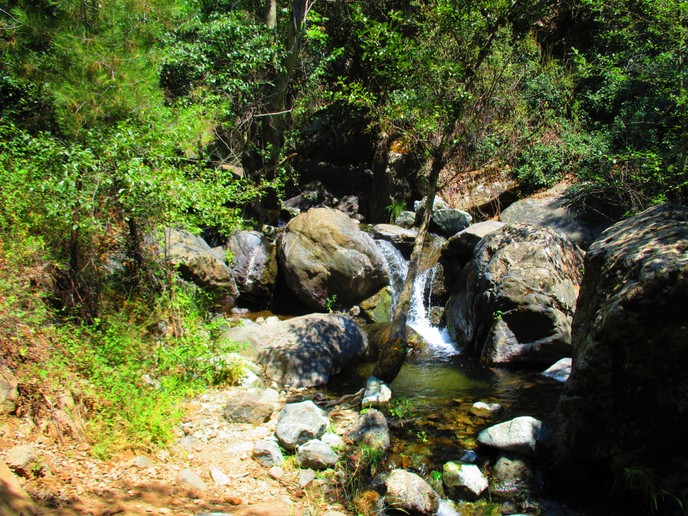Forecasting landslides with micro-seismic methods
The Energy, Environment and Sustainable Development Programme set aside significant funding for researching natural disasters such as landslides. The OASYS research consortium was granted over one million euros to establish a fruitful collaboration between the numerous scientific disciplines involved in the study of landslides. Scientists with the Geodetic and Geophysical Research Institute (GGRI) of the Hungarian Academy of Sciences participated in OASYS. Their investigation focussed on loess walls, aeolian deposits that are highly susceptible to landslides. GGRI's objective was to develop new observational techniques to complement current methods such as geodetic deformation monitoring. They searched for signals that could possibly be exploited to forecast pending landslides. More specifically, they experimented with micro-seismic methods to monitor vibrations in the loess walls. The GGRI researchers discovered that they could detect very small scale deformations in the loess that were missed by other methods. Analysis of the data in real-time provided insight into key geotechnical features of the deposit. Consequently, GGRI is proceeding with the incorporation of this technology into the OASYS early warning system for landslides.







